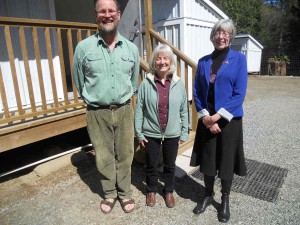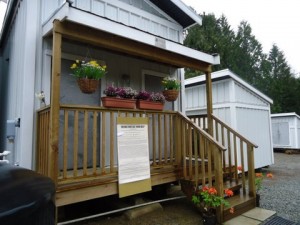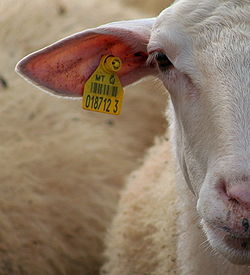The June 14th experiments with 29 young Pekin ducks revealed that they take at least 3 times as long as chickens to process, and are a lot more difficult to pluck cleanly. Some of them had to be partly or completely skinned. The price therefore needs to be triple the price listed for chickens.
However the time factor is a bigger problem at this time of year than the extra work and skill involved. For every 20 ducks booked we would have to turn away 60 chickens. From June to August this year we are fully booked and adding extra days for chickens, so taking ducks as well would reduce local meat production, and force chicken customers to go off island.
If there is enough interest in duck and goose processing we can assign specific days for it from September onwards, and book more staff on those days. If this might be of interest to you please “Contact us” with your tentative schedule.




